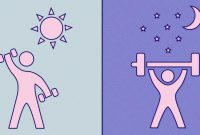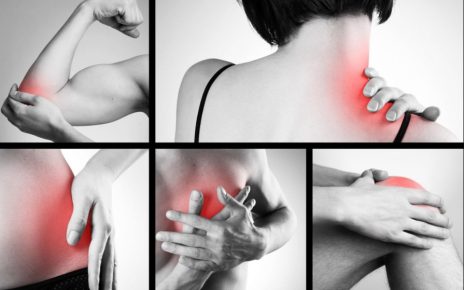1. Arthritis
Arthritis is a condition where joints become inflamed and painful. There are many types of arthritis, including osteoarthritis, rheumatoid arthritis, gout, lupus, fibromyalgia, and others. Osteoarthritis is the most common type of arthritis, affecting about 30 million people in the United States alone. It occurs when cartilage deteriorates over time, causing bones to rub together. Rheumatoid arthritis is caused by inflammation of the synovial membrane, which covers the joint. Gout affects only men and is characterized by sudden attacks of intense pain in the big toe, knee, ankle, wrist, elbow, shoulder, and back. Lupus is a chronic autoimmune disease that causes damage to internal organs and skin. Fibromyalgia is a disorder that causes widespread muscle and soft-tissue pain.
2. Bursitis
Bursitis is a swelling of the bursae, small sacs located between muscles and tendons that help cushion them. When these sacs become swollen, they cause pain and tenderness. Bursitis may occur in any area of the body, but it is most commonly seen in the hips, knees, shoulders, elbows, wrists, and ankles. Common symptoms of bursitis include pain, tenderness, warmth, redness, and swelling.
3. Carpal Tunnel Syndrome
Carpal tunnel syndrome (CTS) is a compression of the median nerve at the wrist. CTS results from pressure on the median nerve as it passes through the carpal canal. Symptoms of CTS include numbness, tingling, burning, weakness, and sometimes even paralysis of the hand. CTS is often associated with repetitive tasks involving the use of the hands.
4. De Quervain’s Disease
De Quervain’s disease is a condition that involves the tendon sheath surrounding the thumb and index finger. The tendon sheath becomes inflamed and thickens, resulting in pain and stiffness. De Quervain’s disease is most common among women who perform repetitive motions with their thumbs and fingers.
5. Diabetes
Diabetes is a metabolic disorder that occurs when the pancreas does not produce enough insulin or the cells do not respond properly to the insulin produced. Insulin helps control blood sugar levels. In diabetes, the amount of glucose in the blood cannot be controlled, leading to high blood sugar levels. High blood sugar levels can lead to serious complications, including heart disease, stroke, kidney failure, blindness, amputation, and death.
6. Edema
Edema is fluid retention in the body due to excess water. It is a symptom of congestive heart failure, liver disease, nephrotic syndrome, and certain cancers. It is also a side effect of some medications, such as diuretics. Edema can affect the legs, arms, face, and abdomen.
7. Foot Ulcers
A foot ulcer is a wound that develops on the bottom of the foot. It is often caused by prolonged pressure on the foot, such as standing for long periods of time while wearing shoes. A foot ulcer can develop if the person has poor circulation in the feet, which prevents the proper healing of wounds. Foot ulcers can be prevented by keeping the feet clean and dry, exercising regularly, and wearing comfortable footwear.






